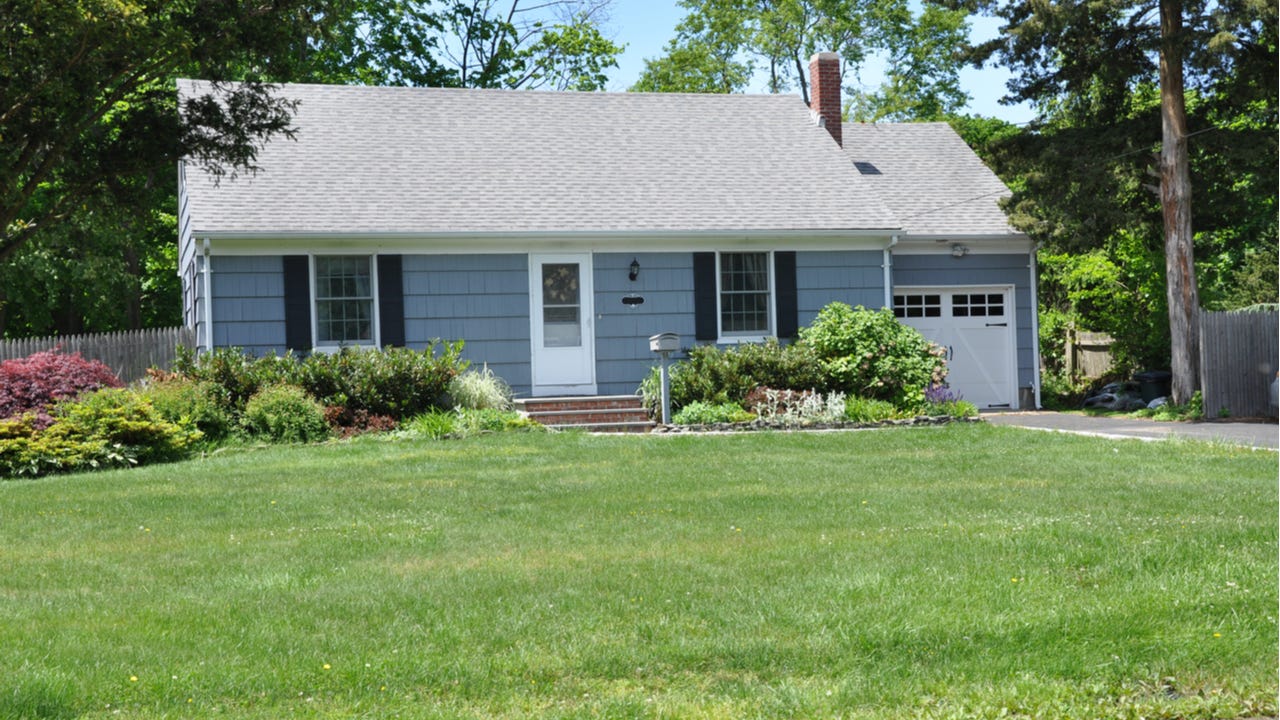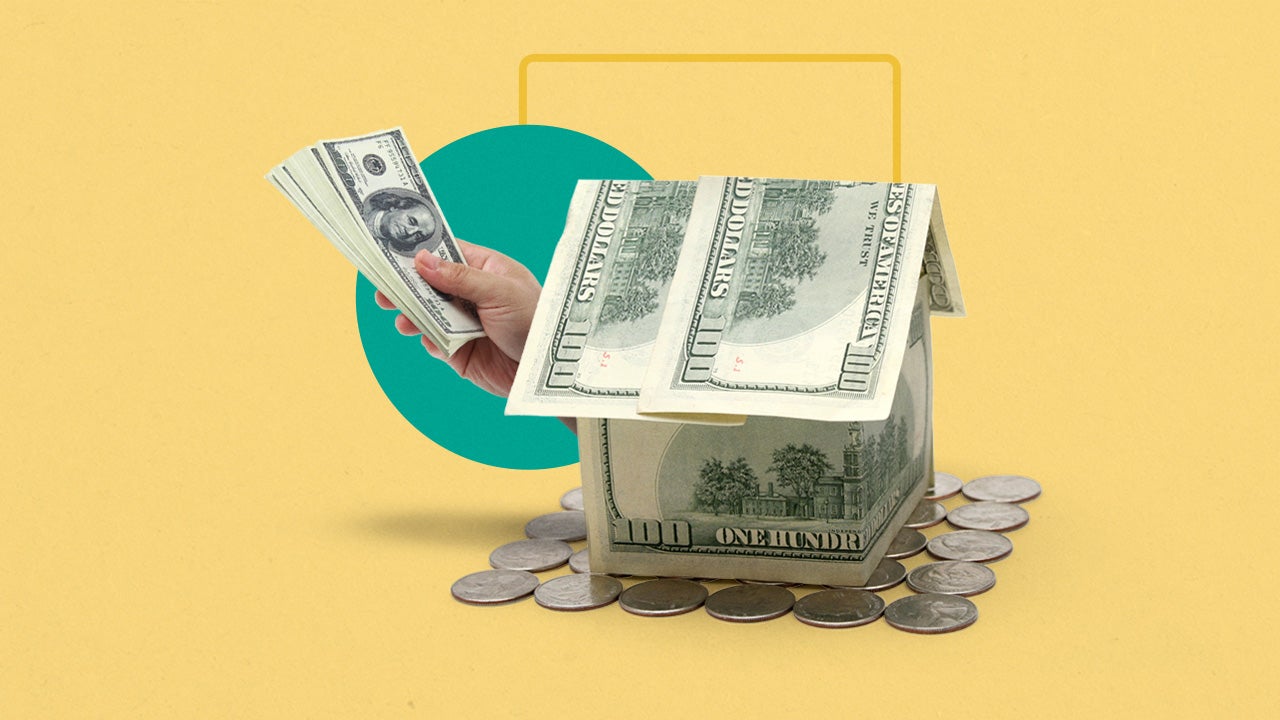How to remove mortgage insurance on an FHA loan




Key takeaways
- If you got your FHA loan after the year 2000, you may be able to cancel your FHA mortgage insurance.
- If you got your loan before 2000, you’ll continue to pay the premiums in most cases.
- If your loan doesn’t qualify for automatic cancellation, refinancing is the best way to eliminate MIP.
Loans insured by the Federal Housing Administration, or FHA loans, require borrowers to pay FHA mortgage insurance premiums (MIP). These are additional fees borrowers pay both up front and over the course of the mortgage term, regardless of the down payment amount. Canceling these premiums can be challenging, but it’s not impossible. Here’s how to get rid of FHA mortgage insurance premiums.
What is FHA mortgage insurance?
No matter how large a down payment FHA borrowers make, they’re required to pay FHA mortgage insurance premiums. FHA mortgage insurance includes both an upfront premium that’s often paid at closing and an annual premium that may have to be paid for the life of the loan.
Borrowers who take out a conventional loan only have to pay for private mortgage insurance (PMI) if they put down less than 20 percent on their home. And once a borrower has achieved 20 percent equity in the home, they may cancel PMI.
How to remove FHA mortgage insurance
1. Check your eligibility
According to Jim Breeze, senior vice president of product development at PNC Bank, when borrowers are trying to determine if their MIP can be canceled, “the most significant [factor] is the case number assignment date for the borrower’s current FHA loan.”
Here’s how eligibility for FHA mortgage insurance premium removal breaks down by loan origination date:
- If your origination date was between July 1991 and December 2000, you can’t cancel your FHA mortgage insurance premiums. You’ll need to keep paying them for the life of the loan.
- If your origination date was between January 2001 and June 3, 2013, your MIP is typically canceled when you reach a loan-to-value ratio (LTV) of 78 percent.
- If your origination date was after June 3, 2013 and you made a down payment of at least 10 percent, your MIP will be canceled after 11 years. For down payments of less than 10 percent, you’ll pay MIP for the life of the loan.
2. Understand your options
There are two primary ways to eliminate mortgage insurance from an FHA loan:
Wait for automatic removal (if eligible)
If you meet the eligibility requirements to remove MIP from an FHA loan, your mortgage servicer should automatically cancel the premiums once you meet the criteria (a 78 percent LTV ratio or 11 years, depending on the loan). That’s assuming you’re in good standing with a record of on-time mortgage payments. If the premiums haven’t been canceled, contact your servicer.
Refinance to a conventional loan
If you don’t qualify for automatic removal — or you do, but want to lose the MIP sooner — you might consider refinancing your FHA loan to a conventional loan. With a conventional loan, you may cancel PMI once you’ve reached 20 percent equity in your home. (Depending on how much you’ve paid on your loan, you may not need to pay PMI at all after refinancing to a conventional.) Here are a few key considerations:
- Interest rates: In general, it makes sense to refinance if you can get a refinance rate that’s at least half to three-quarters of a percentage point less than your current rate.
- Credit score: If you’ve improved your credit since you took out your original loan, you might qualify for a conventional loan with a better rate. Conventional loans typically require a minimum credit score of at least 620, though the higher your credit score, the more likely you are to qualify.
- LTV ratio: A LTV ratio is a mortgage balance divided by the value of the property, and it influences your ability to refinance, as well as the need for PMI. So, in addition to how much you’ve paid on your FHA loan, take stock of the value of your home. Is it worth more today due to rising property values or a major renovation you’ve made? If so, it’ll lower your LTV ratio — and the lower the LTV, the stronger a candidate you are.
- Refinance closing costs: You’ll need to pay closing costs to refinance, so do the math: Will the upfront cost of refinancing be worth the savings in the long run? Our mortgage refinance calculator can help you see how long it’d take to break even and then start profiting from the refi.
3. Contact your servicer
If your loan isn’t eligible for MIP cancellation, it’s worth contacting your servicer anyway, especially if you’re having trouble making payments. Your servicer can help you explore a loan modification or other options.
What happens after removing mortgage insurance?
Once mortgage insurance is removed, your monthly mortgage payment will decrease. MIPs range in cost from 0.15 percent to 0.75 percent of your loan principal, depending on how much you borrowed and the loan’s term. Most borrowers pay 0.55 percent.
It adds up: Even if you pay only a hundred dollars or so a month in MIP, you could put that money toward emergency savings or another financial goal. Or you might put the extra toward the principal on your mortgage. This will help you pay off your loan faster and pay less interest overall.
Should you remove MIP from an FHA loan?
At first glance, getting rid of your MIP seems like a no-brainer. However, if you’re considering refinancing just to remove MIP, think it through.
For one thing, you might still need to pay mortgage insurance on the new loan. With a conventional loan, you’ll need to pay PMI if your LTV ratio is 80 percent or higher — and that PMI could be pricier than your FHA MIP.
On the other hand, PMI is easier to get rid of. You can request to cancel PMI on a conventional loan after you reach 20 percent equity in the home. Plus, the Homeowners Protection Act mandates that your mortgage lender or servicer automatically terminate PMI when your loan-to-value ratio — that is, your mortgage balance — reaches 78 percent of the home’s purchase price.
Also cast an eye on how expensive your new mortgage is going to be. If refinancing reduces your monthly payments and total interest, that could more than make up for paying the premiums. But if refinancing increases your interest rate and payments, it wouldn’t be worth it. Crunch the numbers carefully.
FAQs
You may also like

Does homeowners insurance cover your swimming pool?



